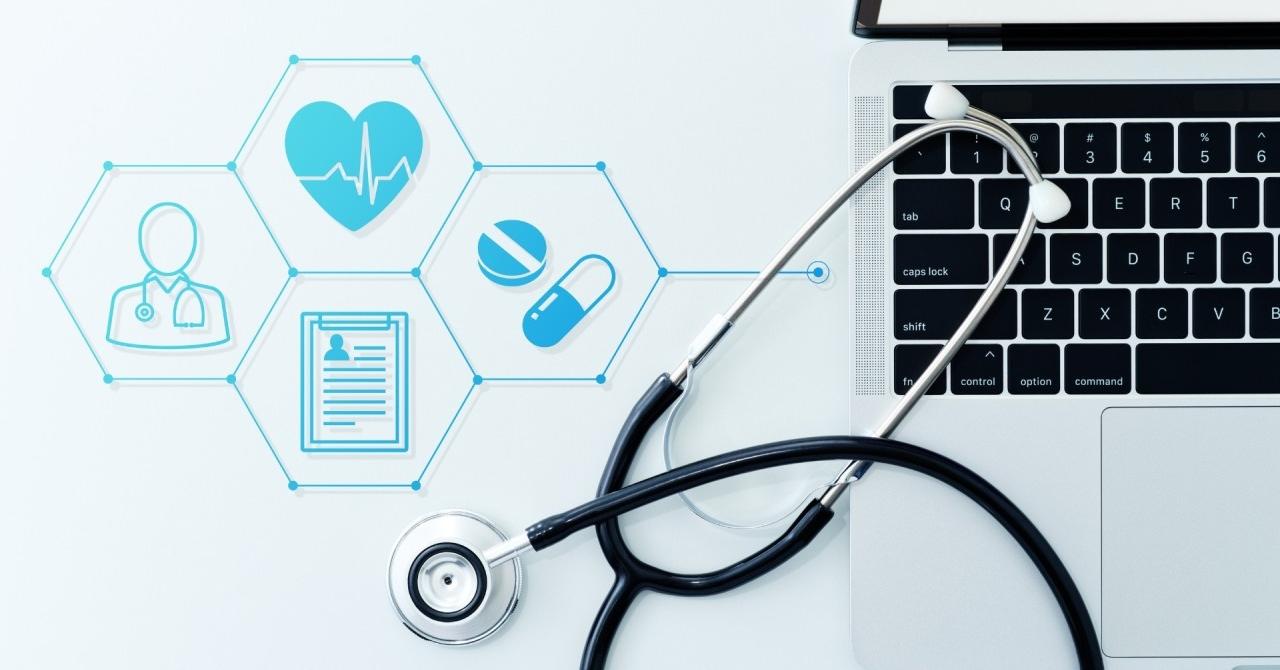Today’s healthcare industry is a complex and evolving arena. Among the many demanding areas that need addressing is the management of healthcare revenue cycles. It encompasses everything from patient registration, coding, and claims processing, to revenue collection. Thus, efficient revenue cycle management (RCM) is vital for the financial sustainability of healthcare organizations across the globe. Technological advancements are now stepping onto this field, promising solutions on several fronts of RCM.
Benefits of Technology in RCM
Effective RCM is a pillar of successful healthcare institutions. Technological innovations can streamline many cumbersome processes, enhancing efficiency and reducing errors.
Automation to Reduce Billing Errors
Human errors in RCM can be costly. Manual data entry presents the chance of inaccuracies that could lead to claim rejections or denials. Automation tools minimize this risk. By using automatic software, organizations can input, store and manage data efficiently and effectively.
Real-time Eligibility Verification
Checking patients’ insurance status during the registration process is a crucial component of RCM. Real-time eligibility verification software can enable instant and accurate checks. This clears financial liabilities at the beginning of the patient’s healthcare journey, thereby reducing claim denials.
The Role of AI and Machine Learning
Artificial Intelligence (AI) and Machine Learning (ML) are rapidly transforming healthcare, and RCM is no exception. These technologies promise innovative solutions for improving RCM.
Predictive Analytics for Enhanced Revenue Forecasting
Predictive analytics powered by AI and ML can provide valuable insights for revenue forecasting. By analyzing past and present financial patterns, analytics software can predict future revenues more accurately. This aids in strategic planning.
AI-Enabled Coding Optimization
Coding is a significant aspect of RCM as it directly impacts the reimbursement process. AI can help overcome challenges like undercoding or overcoding, thereby optimizing the coding process.
In this constantly evolving scenario, outsourcing to companies that specialize in providing proven and reliable revenue cycle management services can be an efficient way to stay abreast of the latest technological trends in RCM.
Remote Patient Monitoring and Telemedicine
The pandemic has accelerated the application of remote patient monitoring (RPM) and telemedicine. The integration of these technologies with RCM can have several benefits. The COVID-19 pandemic has highlighted the importance of remote patient monitoring (RPM) and telemedicine. These digital tools enable healthcare providers to continue patient care despite social distancing measures. When integrated with RCM, they offer several benefits. They enable seamless coding and billing for virtual consultations, ensuring reimbursements for these services. Telemedicine visits can also be linked to RCM software, facilitating digital payment methods for patients, and improving their overall experience. RPM technologies gather patient data remotely and in real-time, enhancing billing accuracy by providing a comprehensive record of patient consultations and treatments. With such capabilities, telemedicine and RPM stand to revolutionize RCM practices significantly.
Telehealth Integration with RCM Software
Integrating telehealth applications with RCM software ensures that virtual consultations are accurately coded and billed. In addition, it can improve the patient’s convenience by offering options for virtual payments.
Using RPM to Aid Timely and Accurate Billing
RPM involves the use of digital technologies to gather patient data outside traditional healthcare settings. The data can help in precise coding, leading to accurate billing. It also aids in recording and documenting patient encounters required for claims submission.
In an industry that is evolving faster than ever, healthcare organizations may find it challenging to keep up with these changes internally. That’s where organizations can outsource medical transcription services, data management, and similar functions to expert third-party providers.
Conclusion
In conclusion, technology has multifaceted implications for revenue cycle management practices, marking a paradigm shift in how healthcare organizations operate. The incorporation of advanced technology in RCM drives efficiency, reduces errors, enhances revenue forecasting, and optimizes coding. The integration of telehealth and remote patient monitoring systems with RCM further streamlines the process. As the healthcare industry continues to evolve, keeping pace with these technological innovations is not just an option but an imperative for successful and sustainable operations.
